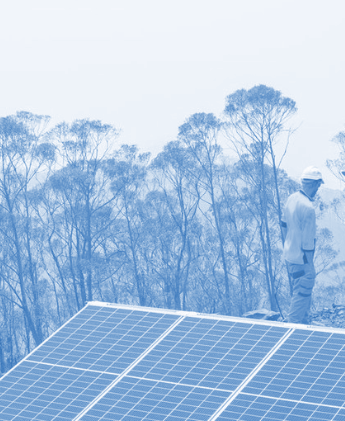Hunter Water switches on solar
 Hunter Water says its new solar farm will save $700,000 annually in energy costs.
Hunter Water says its new solar farm will save $700,000 annually in energy costs.
The 3.1 megawatt (MW) solar farm at Balickera Water Pump Station - switched on this week - is Hunter Water’s largest renewable energy project yet.
The farm boosts the company’s total renewable energy capacity to more than 6 MW, while also reducing operational costs and carbon emissions.
“Electricity use across our operational area is one of Hunter Water's major expenses, accounting for up to 10 per cent of our operating costs. Generating electricity from solar energy is one of several opportunities that can help reduce these costs and carbon emissions,” said Managing Director Darren Cleary.
The solar farm, consisting of 5,500 ground-mounted panels across three hectares, supplies power to critical infrastructure like the Grahamstown Water Treatment Plant and Tomago borefields.
Hunter Water also took steps to address the environmental impact, planting more than 1,500 trees to offset the removal of 70 trees during installation.
Another 1,500 trees will be planted soon.
Cleary noted the focus on environmental sustainability, saying; “Environmental sustainability is at the core of everything we do”.
Logs from the removed trees were used to create wildlife habitats, and excess mulch was repurposed for landscaping.
A small park is being developed near the solar installation for community use and tours.
Further renewable energy projects are in progress, with 450 kilowatt (kW) installations planned across Shortland, Dungog, and North Lambton by early 2025, and a solar and battery storage system planned for Cessnock.
“This project is not just about renewable energy; it's about enhancing our community and environment,” Cleary said.








 Print
Print